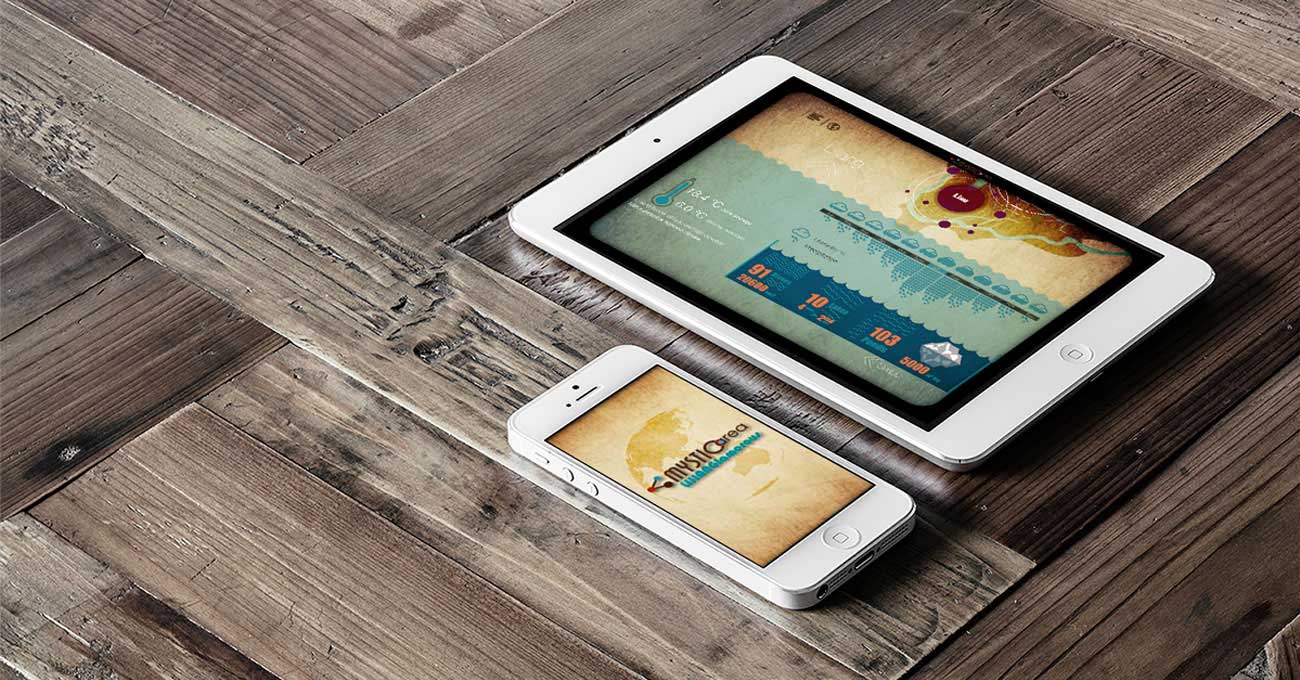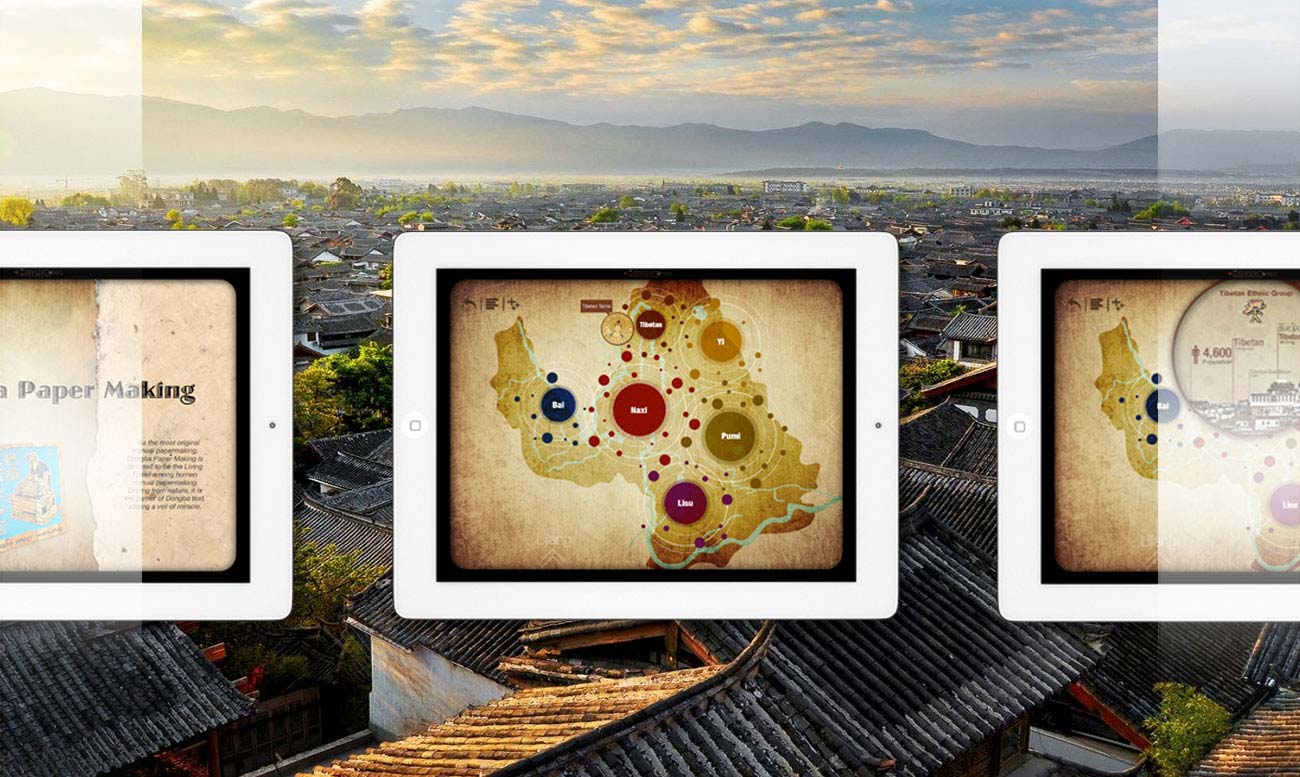Mysticarea chart
Looking for the city living traditional culture in disappearance through the new mode of interactive chart
From where can we start to understand a culture? The answer is: from the locals. Human beings are the most important carriers of culture: the function of culture is to satisfy human needs, while the cultural development is carried out by the creative activities of human beings. Human beings are at the same time the carriers and the creators of a culture, their behaviour becomes the outcome of their culture. The intangible cultural heritage has been left over from a long-term development of the human beings. Intangible cultural heritage, including folk activities, the performance of art, traditional knowledge or skills and activities which are held regularly, covers all parts of the people’s daily life. It is a concrete manifestation of people’s life. Among these traditional cultural activities, some are recorded in literature, or they are displayed in museum UNESCO; others not represented are still alive, surviving among the people, and show a real live culture, closely related with people’s daily life. They are the quintessence of the culture left to us by our ancestors, and yet nowadays they are withering away. Intangible cultural heritage is born in the medium end era, human beings have been the first media system, with the main mod of dissemination being the face to face information transmission: this is the most original communication activity of the fields. The spread of intangible cultural heritage can’t leave the concept of fields, fields are the basic transmission mode, based on the human beings, the construction and realisation of human beings’ subjectivity are in the presence of fields, to keep on development and transmission. The Internet is the icon of the coming era of second media, which has given birth to a series new media, become the main and leading force of this era. The interaction, unlimited time-space, information personalization, and the virtual information dissemination are the main characteristics of the new media, which has overcome the problems of the Intangible cultural heritage’s dissemination: defects of fragmentation and marginalization, the rebuilding of the intangible cultural heritage in the virtual fields, to restore the dissemination process. There is a direct conversation between the sender and receiver, the interaction from both sides, a coincide of the dissemination in the traditional mode and the virtual mode, which is back to the communication between people, providing the modern technologic support with the intangible cultural heritage which has to be grown in the fields of communication and conversation. Eventually to realize the final ideal heritage effect. The entire project, is to show in front of everyone the cultural information of Lijiang, in the form of data visualization, by the dynamic maps and data visualizing chart, to be clear at a glance for the users, the main feeling is maintained the traditional style of Lijiang, from the design of the maps and the icon logo, I have followed the graph from their ethnic minorities. At the same time, on this basis, I have added the modern interactive technologies to overcome the weakness of the traditional maps, which is limited to providing information. Also with the mesh up function, we can meet the different detail request of the users, the users can upload their own information to share and interact with others, in this way, we can satisfy the relation between human beings in the traditional culture, the people communicate in a virtual space, without the limit of distance and time, under this participation and communication, the traditional culture can “live” around us, can be inherited by us.
Autore: Dandan Li
Relatore: Daniela Anna Calabi
Data: 22 Aprile 2013
Anno Accademico: 2011/2012
Relatore: Daniela Anna Calabi
Data: 22 Aprile 2013
Anno Accademico: 2011/2012








